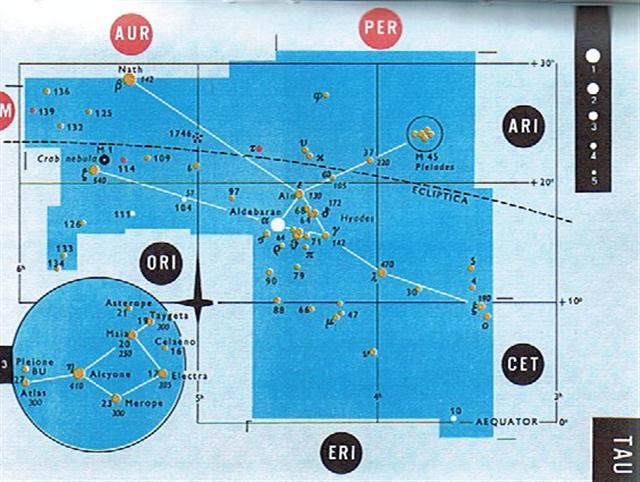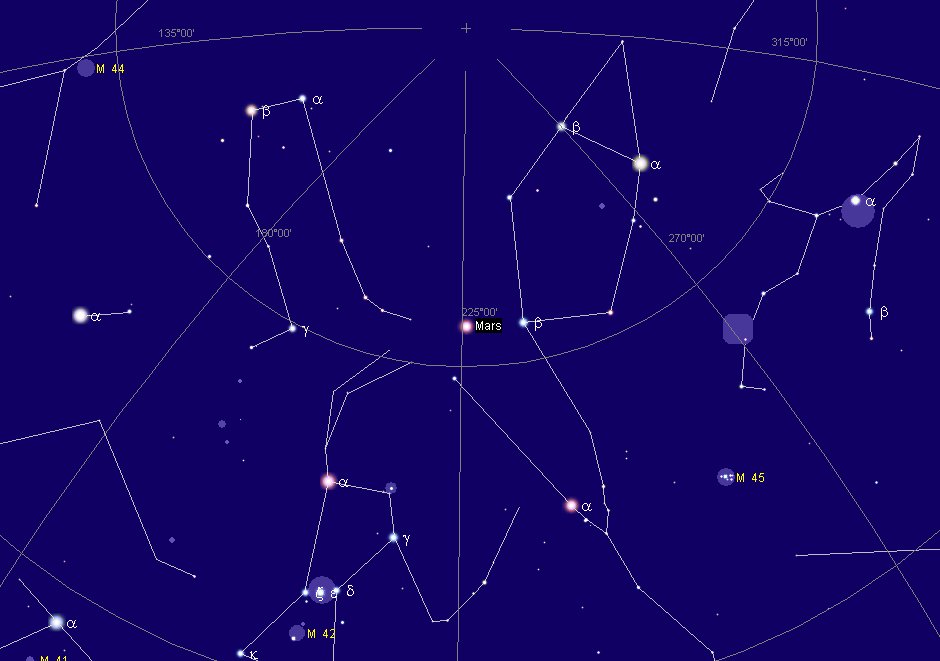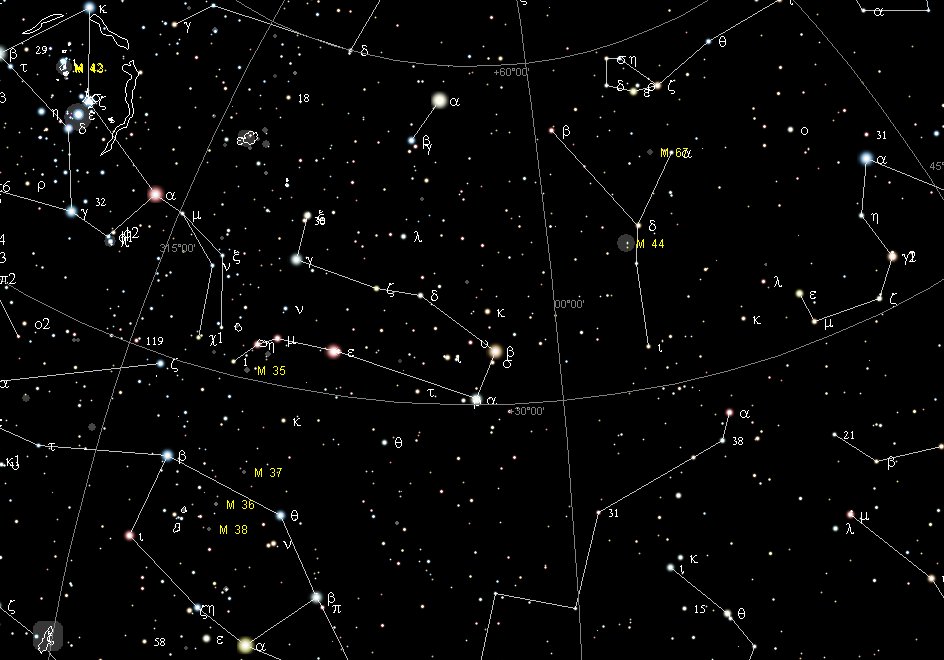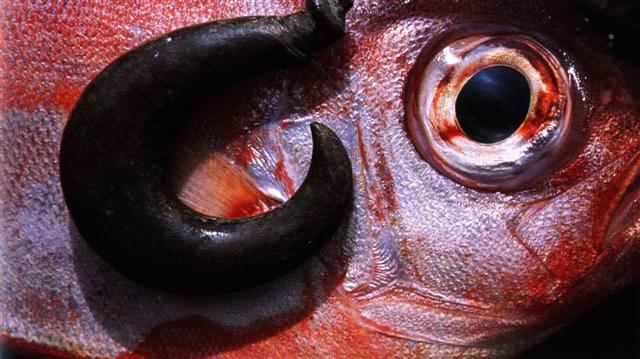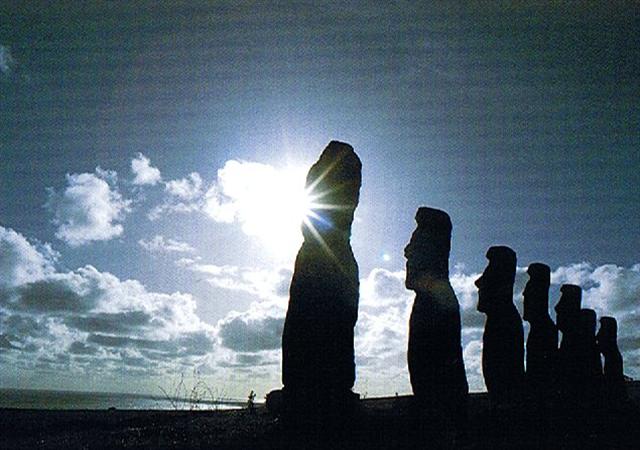12. The Gate of Gemini was standing there more recently in precessional time-space than the ancient Gate of Cancer: ... Men's spirits were thought to dwell in the Milky Way between incarnations. This conception has been handed down as an Orphic and Pythagorean tradition fitting into the frame of the migration of the soul. Macrobius, who has provided the broadest report on the matter, has it that souls ascend by way of Capricorn, and then, in order to be reborn, descend again through the 'Gate of Cancer'. Macrobius talks of signs; the constellations rising at the solstices in his time (and still in ours) were Gemini and Sagittarius: the 'Gate of Cancer' means Gemini. In fact, he states explicitly (I,12.5) that this 'Gate' is 'where the Zodiac and the Milky Way intersect' ...
And the path of Mars in AD 2023 ought to continue beyond the Heavenly Gate in Taurus and the Gate at Gemini towards the Gate of Cancer, because I think such gates should ideally stand on the ecliptic:
In AD 2023 March 18 me and my dog I had walked out in the evening and observed Mars in the center of the sky:
And according to the program Cartes du Ciel the planet Mars would arrive to Mebsuta (ε, *100) in April 14 (104), i.e. 27 days later::
Or as observed from an imagined observatory on Easter Island:
5 days later was April 19 (109 *29)
with the contrary star Mekbuda (ζ, *105) at the leg of Pollux.
However, in the year AD 2023 the head (β) of Pollux would evidently be the destination in Gemini for Mars:
The dates appear somewhat confusing, but there are reasons, for instance, first we have the difference between my assumed era for rongorongo and AD 2023, and then there is the difference in length between the 1st half of the year (181) and the 2nd half (184) which will distort any attempt to exactly mirror the daytime dates to the nightside dates (and vice versa). Nevertheless we can summarize the beginning of a Mars table for AD 2023:
Notably the difference 16 days suggests the minimum number of days before a star will reappear late at night after its close encounter with the blinding rays from the Sun.
... On the late afternoon of the June solstice, towards sunset, we reached Ahu Akivi near the centre of the western side of Easter Island. This is an inland site, 3 kilometers from the coast. Like Ahu Nau Nau at Anakena, it has seven Moai, but in this case none of them have topknots and, uniquely, all face west towards the sea - which is clearly visible from the high point on which they stand ... Which implies they anciently may have associated the star Mebsuta (ε, Outstretched) with the place which nowadays is occupied by the star Pollux. Similarly we could count the right ascension day number for April 14 (80 + 24) as *20 rather than *24 because the Pope Gregory XIII had changed the Julian equinox to a position 4 days earlier in the year. In which case April 30 (120) would correspond to right ascension day number *20 + *16 = *36 rather than *40 ... When the Pope Gregory XIII updated the Julian calendar he did not revise what had gone wrong before 325 AD (when the Council of Nicaea was held). Thus the stars were still 3-4 days 'out of tune' compared to the calendar ... the Gregorian 'canoe' was 'crooked'. His calendar was not in perfect alignment with the ancient star structure. Because he had avoided to adjust with the effects of the precession between the creation of the Julian calendar and the Council of Nicaea in 325 A.D. [The Julian equinox was in the 3rd month of the year and in its 25th day; 3-25.] ... Taetagaloa goes right over there and steps forward to the stern of the canoe saying - his words are these: 'The canoe is crooked.' (kalo ki ama). Instantly Likāvaka is enraged at the words of the child. Likāvaka says: 'Who the hell are you to come and tell me that the canoe is crooked?' Taetagaloa replies: 'Come and stand over here and see that the canoe is crooked.' Likāvaka goes over and stands right at the place Taetagaloa told him to at the stern of the canoe. Looking forward, Taetagaloa is right, the canoe is crooked. He slices through all the lashings of the canoe to straighten the timbers. He realigns the timbers. First he must again position the supports, then place the timbers correctly in them, but Kuikava the son of Likāvaka goes over and stands upon one support. His father Likāvaka rushes right over and strikes his son Kuikava with his adze. Thus Kuikava dies. Taetagaloa goes over at once and brings the son of Likāvaka, Kuikava, back to life. Then he again aligns the supports correctly and helps Likāvaka in building the canoe. Working working it is finished ...
|
||||||||||||||||||||||||||||||||||||||||||||||||||||||


